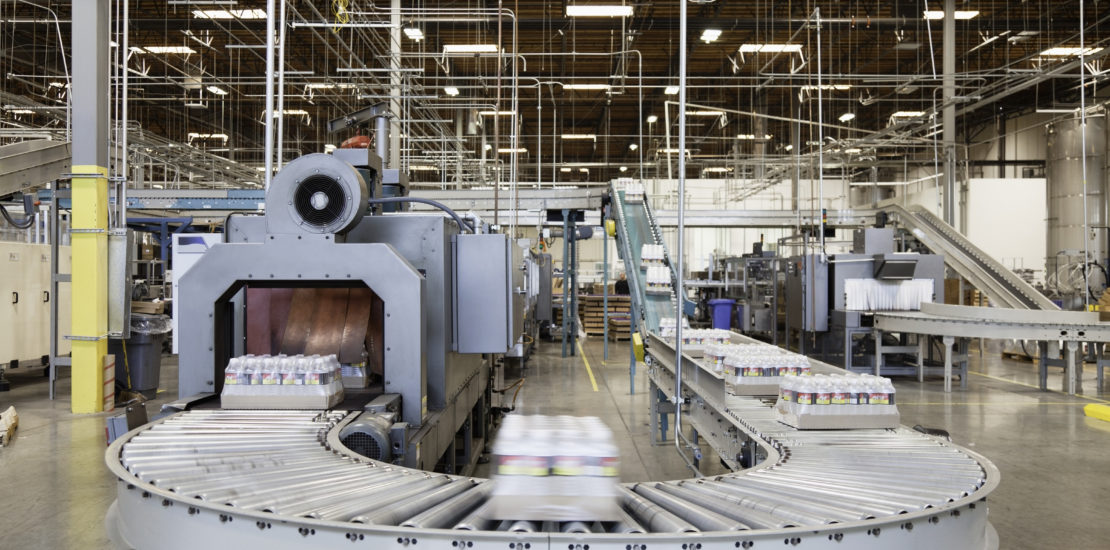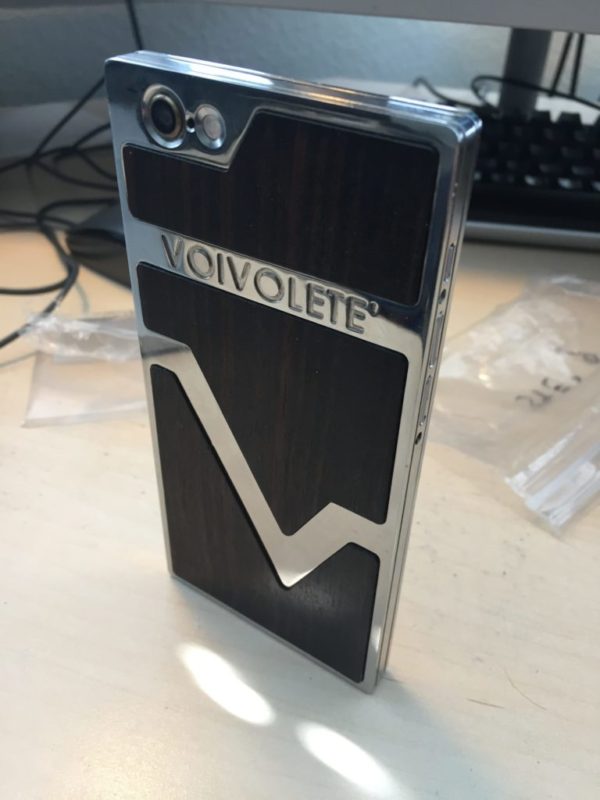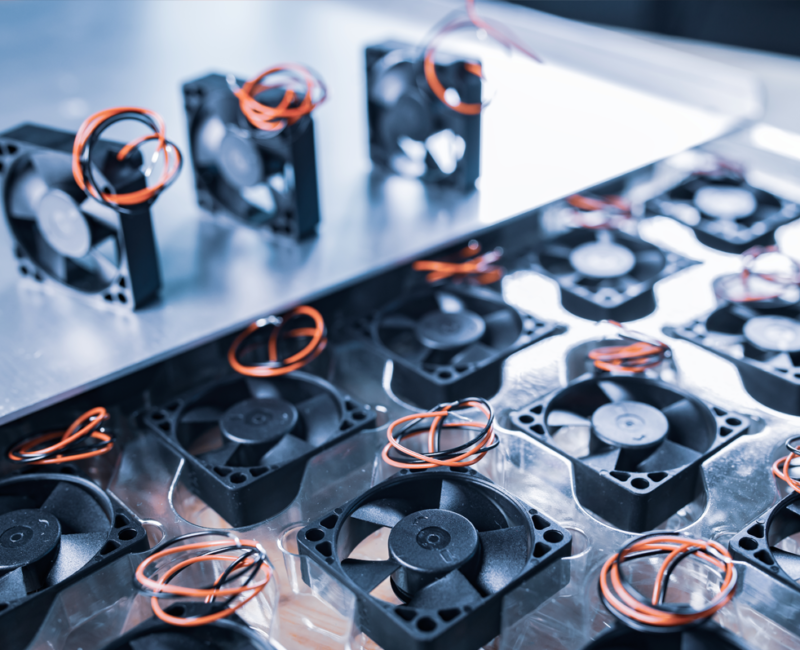- Posted by: Robert DeBardeleben
- Category: Prototypes

Making Your Prototype
Perhaps the most common request we get from our inventor clients is regarding prototypes. Unfortunately there is a lot of misconception out there that defines just what constitutes a prototype. We have been contacted by a number of inventors that have first worked with those TV invention help companies, looking to have their designs made into a prototype. After paying a substantial amount of money for their idea to be “designed”, the client approaches us believing that their design is ready for prototyping. Upon inspection of the work completed in every case we have to tell the client that what they have is nothing more than a cartoon.
These cartoons often are more like what we call around here “Acme Products” reminiscent of the products delivered to Wiley Coyote in his attempts to capture the Roadrunner. What I mean by that is a cartoon of something that is physically impossible to actually turn into a real tangible product. Cartoons depicting a product that folds up or out impossibly small for what it takes to make the device. For example, we have seen cartoons depicting telescoping legs that start out when stowed as something that might be only an inch tall, when stretched out ends up many feet long, with dozens of segments!
Because of these invention companies we had to implement a couple of policies here at Ignite. The first one being that we refuse to take on a project that would require the violation of the laws of Physics. The second policy is that we will not take some other firm’s “engineering package” and convert that to a prototype without our engineer first reviewing every aspect of the engineering package. Of course, having one of our engineers go through an entire design submitted from a different firm will result in a massive waste of money for the client. Recommendation….have Ignite design it from the onset and make your prototype too.

We define prototypes in several ways. To characterize what a prototype is, we have created six “Levels” of a prototype starting from Level 5 as a crude, almost home-built prototype to Level 0 which is a first article example of what came off the production line. When we make you a prototype it will meet one of these levels, with each level being an essential element of the product development process.

Depending on the goals of the client, we can tailor the level of prototype we deliver in order to meet the needs of the client. Since we do not require any contractual commitment, we can stop anywhere in the process that the client needs, including the point at which the client is ready to test the market to see if there is demand for their invention.
Robert DeBardeleben

